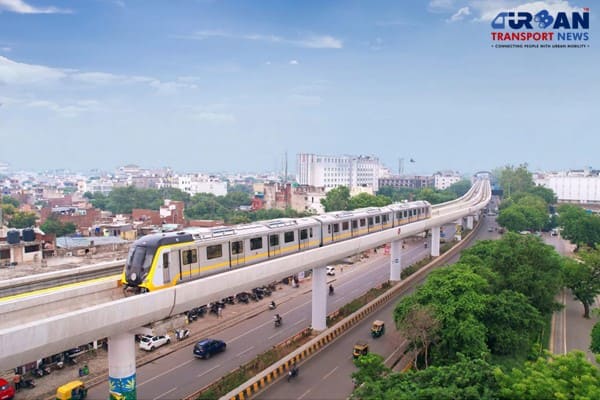 How Weigh-in-Motion Systems Are Revolutionizing Freight Safety
How Weigh-in-Motion Systems Are Revolutionizing Freight Safety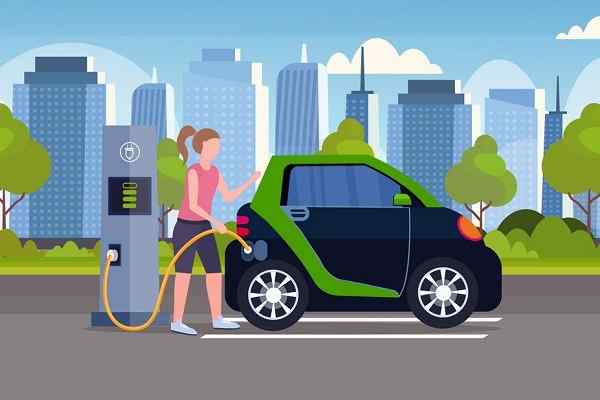 Women Powering India’s Electric Mobility Revolution
Women Powering India’s Electric Mobility Revolution Rail Chamber Launched to Strengthen India’s Global Railway Leadership
Rail Chamber Launched to Strengthen India’s Global Railway Leadership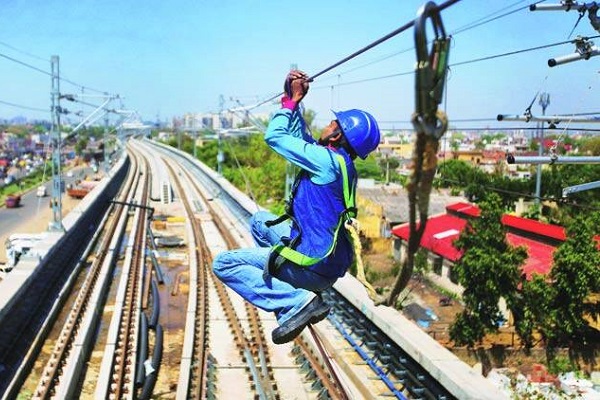 Wage and Hour Enforcement Under the Massachusetts Wage Act and Connecticut Labor Standards
Wage and Hour Enforcement Under the Massachusetts Wage Act and Connecticut Labor Standards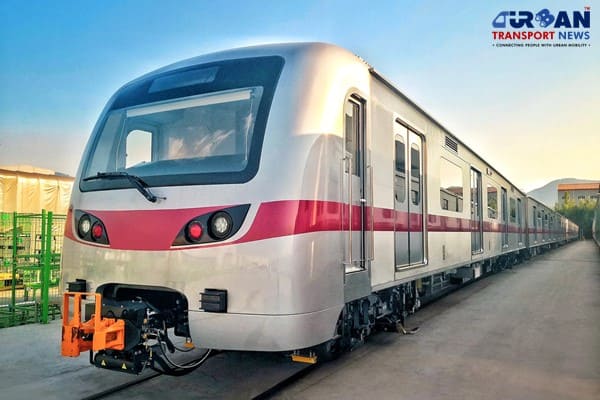 MRT‑7: Manila’s Northern Metro Lifeline on the Horizon
MRT‑7: Manila’s Northern Metro Lifeline on the Horizon Delhi unveils ambitious Urban Mobility Vision: Luxury Metro Coaches, New Tunnels and Pod Taxi
Delhi unveils ambitious Urban Mobility Vision: Luxury Metro Coaches, New Tunnels and Pod Taxi Qatar approves Saudi Rail Link Agreement, Accelerating Gulf Railway Vision 2030
Qatar approves Saudi Rail Link Agreement, Accelerating Gulf Railway Vision 2030 UP Govt plans to introduce Water Metro services in Ayodhya, Varanasi & Prayagraj
UP Govt plans to introduce Water Metro services in Ayodhya, Varanasi & Prayagraj India’s First Urban Ropeway begins Trial Run in Varanasi, Set to carry 1 Lakh passengers daily
India’s First Urban Ropeway begins Trial Run in Varanasi, Set to carry 1 Lakh passengers daily India and Bhutan to Build First-Ever Rail Link: ₹4,033 Cr Project to Boost Regional Connectivity
India and Bhutan to Build First-Ever Rail Link: ₹4,033 Cr Project to Boost Regional Connectivity
Will Trams be successful in Indian Cities?
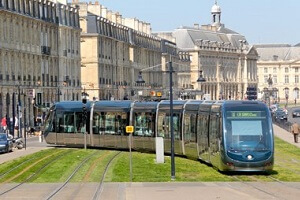
While there is an unending debate between the bus systems and Metros to be declared the best by all, somewhere trams have popped in back from the history. Although a question does arise, that how far can this revival help our public transit system?
Trams were one of the first to have made possible the movement of so many people together at a time, followed by the later developments. Kolkata was the first city in India to have a tram system followed later on by many others. The recent developments across the world, have devised a new system called the Light Rail Transit System or the LRTS. India is currently exploring this as an option for tier 2 cities.
The Technology Used
The tramway systems across the world are of different types, developed by some of the major public transport vehicle manufacturing companies like Siemens, Bombardier, CAF, Alstom etc. Ranging from conventional tramway systems with overhead catenaries to catenary free systems that operate with batteries and supercapacitors, the technology used has come a long way. Going back to the traditional system with overhead lines makes absolutely no sense. India is also exploring various kinds of tramway systems that allow to let go off the catenaries, and instead uses a set of batteries or a combination of batteries plus supercapacitors to run.
The vehicle is a combination of usually 4 to 5 cars with a total carrying capacity of 250 to 600 (at 4 persons/ square meter) depending upon the car length. These are usually recharged at every station using a third rail technology or charging points at stations. The entire system might appear to be quite a time-taking, but the systems get charged in about 15 to 20 seconds while the passenger gets in/get off the tram. This technology is set to make a way in India with Visakhapatnam probably being the first city to introduce a catenary free system proposed for a stretch of 60.2 kilometers supporting the Metrolite system, which is also proposed for the city.
Learning from Failures of BRT systems
But technology is just not enough to bank on the success of any system. There are many other factors like corridor selection, potential development along the corridor, ridership, planning and execution of the system etc. However before we talk about the newbies, it is also important that the past transit systems are looked at and the reasons behind their failures understood. Bus Rapid transit System or the BRTS in India, did not really work out the way it was expected to.
The Janmarg of Ahmedabad is known as the pioneer of BRT systems in India, also by far the most successful. The reasons behind the success was the appropriate planning, and an attempt to attain the maximum coverage possible keeping in mind the intention to connect major activity nodes across the city. On the other hand, in Visakhapatnam, BRT was implemented on two major corridors, later to be implemented on the others, which could never happen. The project cost is always a big deal while implementing it, but network coverage should not be compromised, to a very limited stretch which ends up hampering the users’ perception about the system ultimately resulting in a low ridership. The case is similar with tramway systems.
The trams take the best of both bus-based and rail-based systems’ characteristics. The very fact that they are being compared to a BRT and not Metro is because of the low to medium passenger carrying capacity (PPHPD) which is more aligned to the BRT systems, however, the usage of technology to provide a noise-resistant speed and comfort is derived from the metro systems.
Success of Trams
For the success of the tramway systems in India, it is important that they are planned to run in a segregated lane rather in mixed traffic, which caused many BRT systems to fail since they could not achieve the speed (which made them better than the ordinary bus systems) that was anticipated. The trams if run in mixed traffic, would lose the entire purpose of serving more number people with utmost comfort and speed. Also, significant time and the amount has to be planned and spent on the vehicle drivers for their training, for they too need to get used to the new era technologies very well.
The modern tramways are sure a great way to avoid metro systems, when not necessary and yet have one that looks and feels exactly the same with the infrastructural costs similar to that of an elevated BRT. The introduction of these systems would be a win-win situation for all leaving both rider sand operators happy.





